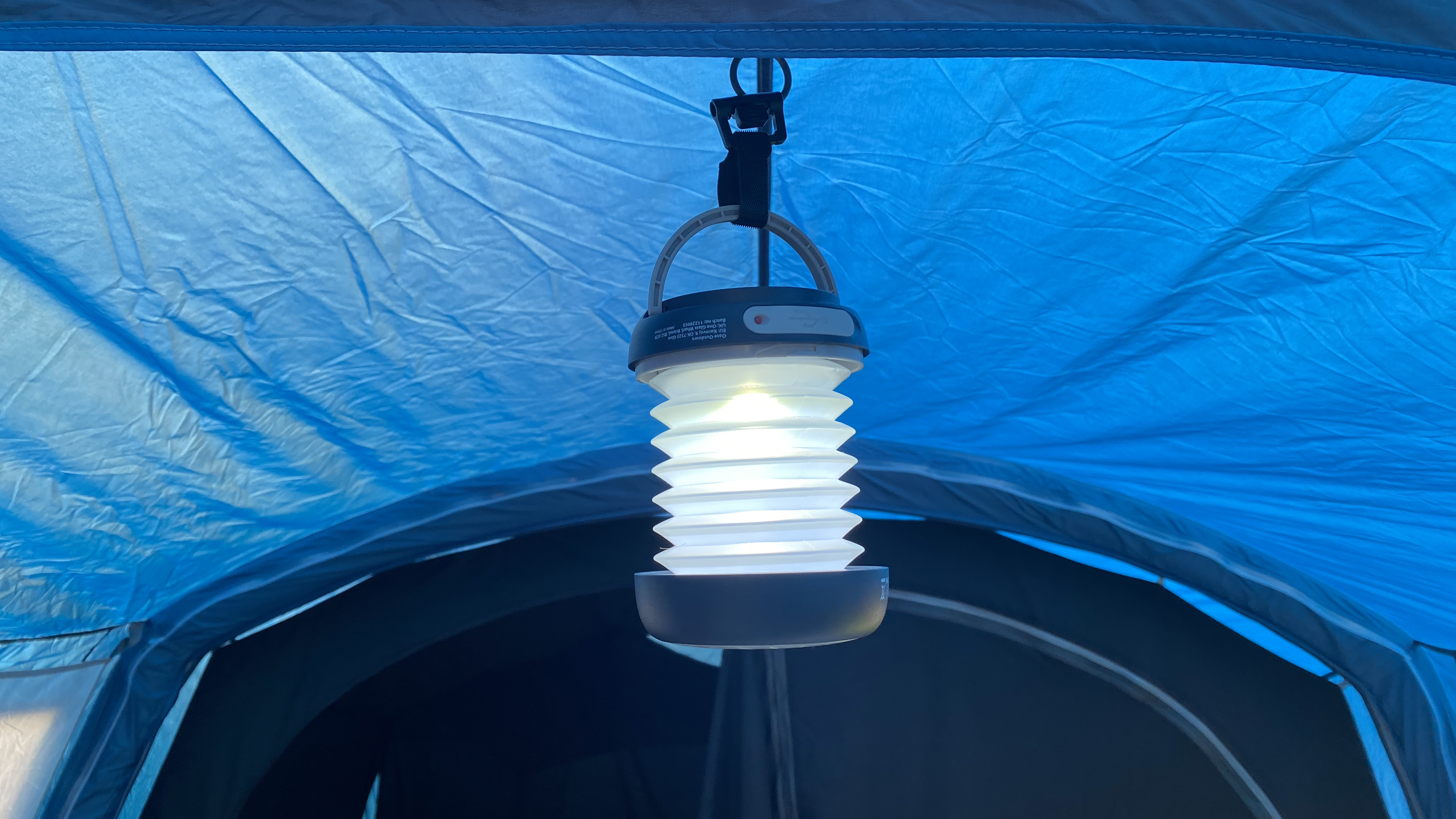Advnture Verdict
This is a really nifty little camping lantern with great functionality at a very tempting price. Its lightweight qualities and the way it concertinas down into a tiny package make it the ideal night light for wild camping backpackers. For car camping, there are much heftier and brighter lanterns out there that will also give you more reading hours without running out of battery.
Pros
- +
Impressive concertina design
- +
Packs down to a tiny unit
- +
Solar charging
- +
Dimmable
- +
Freestanding, handheld or hanging design
- +
Can be used as a flashlight
- +
Easy to use
- +
Lighter than most
- +
Good value
Cons
- -
Nowhere near as bright as some
- -
Burn time not great on highest setting
- -
No visual indication of battery life
- -
Power bank capabilities limited
You can trust Advnture
In this day and age, lightweight camping lanterns have their work cut out to make their case for inclusion in a wild camper’s backpack. Many may consider them as something of a luxury compared to the on the trail functionality of a headlamp. This is especially so when tent manufactures are including features like the illuminating lightbar seen in Sea to Summit’s Alto TR2, which is designed specifically with turning a hiker’s headlamp into a camping lantern.
Enter the gloriously compact and lightweight Pegasus Solar Lantern from Outwell, a Scandi camping equipment brand with a focus on helping families enjoy unforgettable moments. The Pegasus admittedly isn’t the most powerful beacon of brightness we’ve ever seen, though it does cram in quite a few innovative features to make it a really versatile little tool for both car camping trips and backpacking adventures.
I was delighted to test the Pegasus this season and it was provided by the experts at Outdoor World Direct, where it is available to buy now.
Meet the reviewer
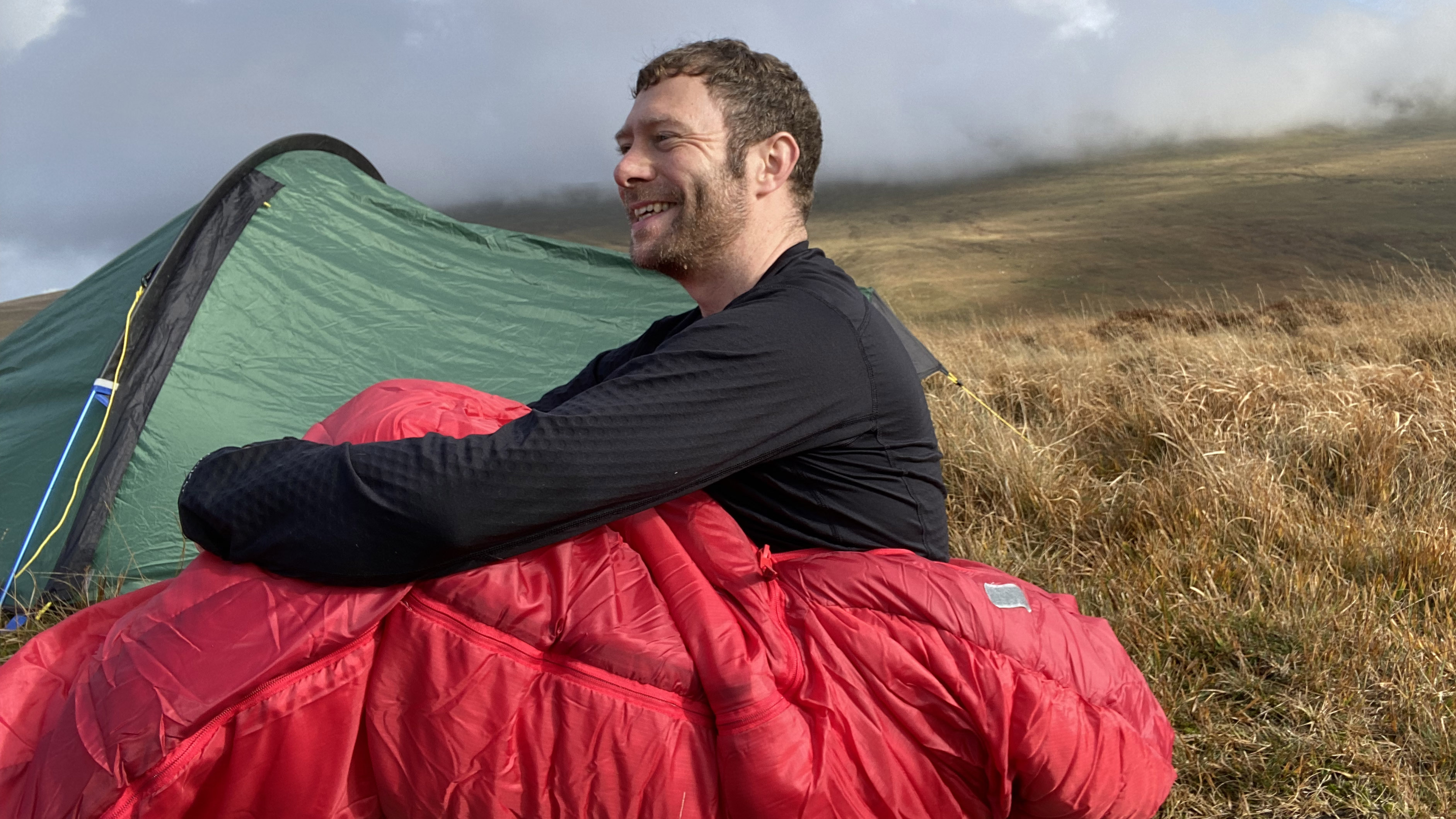
As a Mountain Leader and wild camper, Alex knows how important lightweight kit can be when enjoying an adventure. Originally from Cumbria, home to the Lake District National Park, he’s now based in England’s southwest and enjoys frequent adventures to the Scottish Highlands and North Wales, as well as trips to the Alps. He also enjoys car camping trips with the family tent.
First impressions

List price: £21.99 (UK)
Weight: 132g / 4.7oz
Pack size: 4.7 x 9 cm / 1.9” x 3.5” in
Charging method: USB and solar
Lumens: 65
Max burntime: 45 hours
Best use: Car camping, outdoor parties, festival camping, wild camping
In its compact form, the Pegasus looks a cross between R2-D2 and a hockey puck. It’s an impressively small unit that immediately suggests its potential as a friend on future wild camping expeditions. A little swivel and the two halves of the puck separate and the concertina design reveals itself with a pull. This is its full camping lantern mode and there’s a fold-out handle to hang it by or it can also be a freestanding light.
It's obvious straight away that the Pegasus is in no way blindingly bright, even when I closed the concertina up and used it in its compact flashlight form, focussing the light into a concentrated beam. So, if you're after a light by which to navigate at night, this isn't the one for you. If you're looking for something light and compact for casual camping, it seemed a good value option.
Features
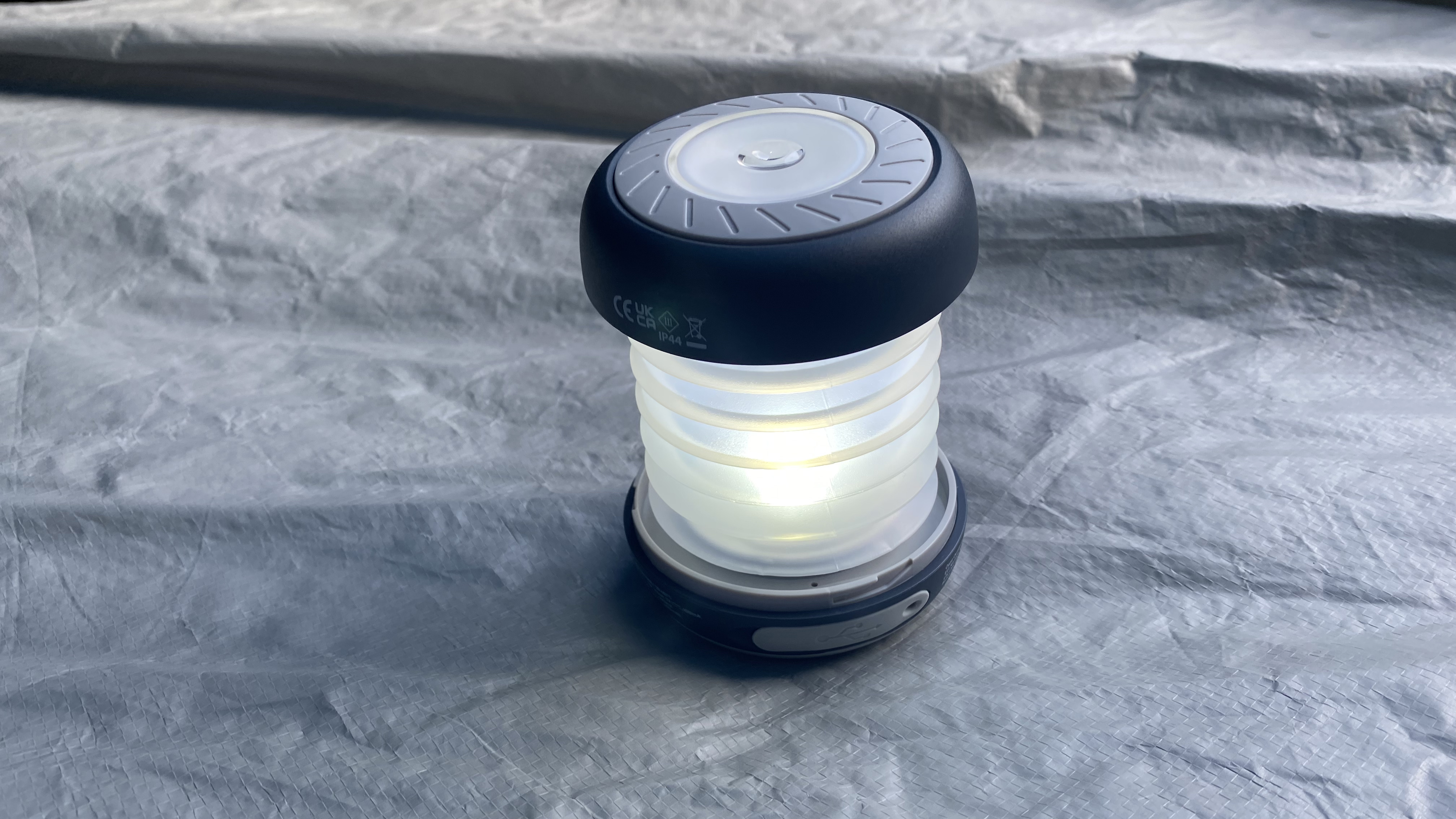
A great feature of the Pegasus is its versatility. In its compact form, it functions as a torch, with all the light given off by its bulb focussed straight ahead. However, opening up the translucent silicone concertina diffuses this light in all directions, turning a flashlight into a camping lantern.
Its maximum setting provides 65 lumens, which admittedly means this isn’t the brightest camping lantern. It’s better suited to illuminating the interior of a two-person tent than it is as something you’d hang above your outdoor cooking area at night. On this maximum setting, you get 5 hours of juice, enough for reading a couple of chapters but not enough to rely on it right through the evening and into the night.
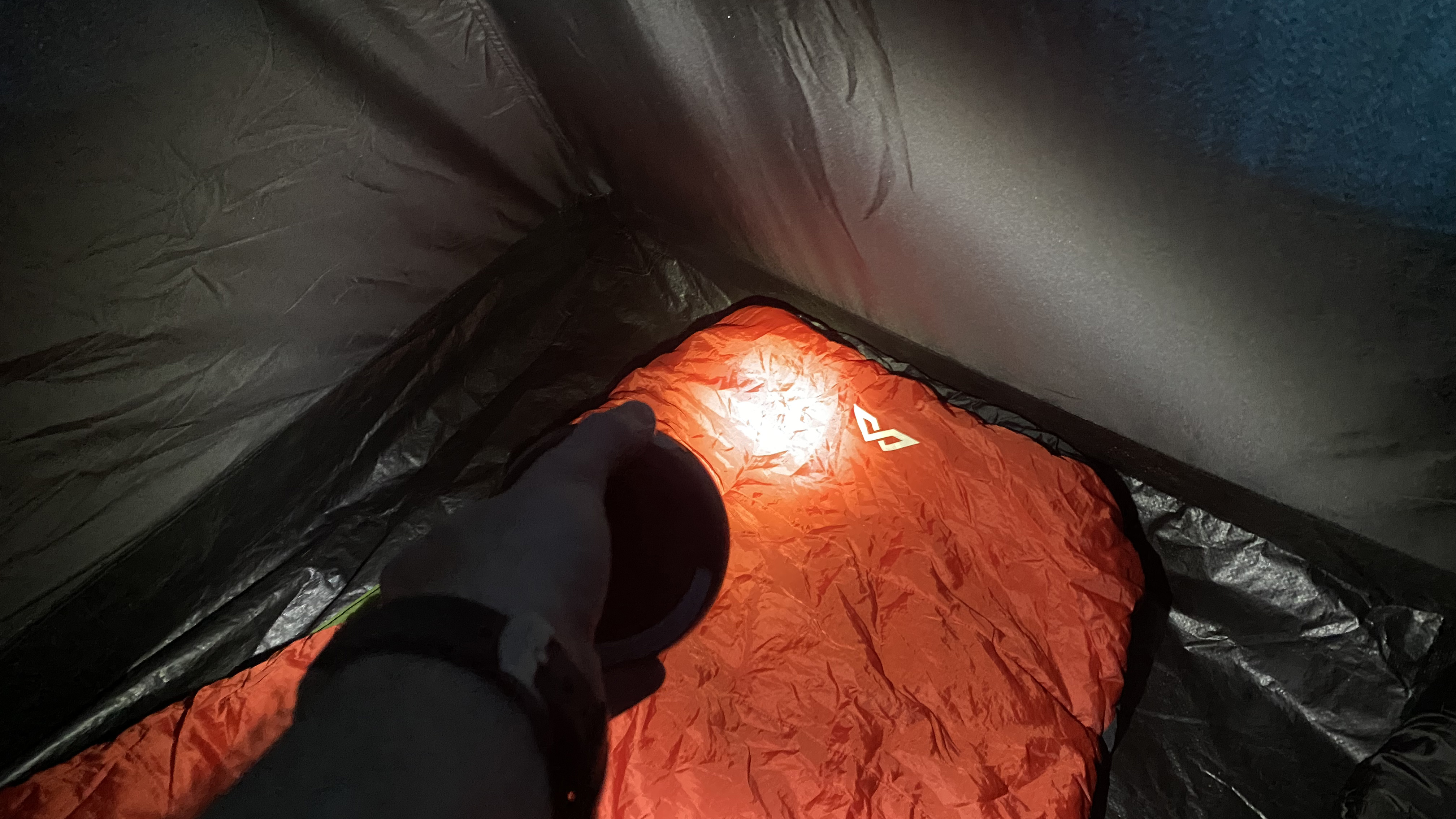
The lowest light setting is a relatively dim 3.9 lumens, which the Pegasus can maintain for 45 hours from fully charged. Holding down the power button steadily increased the lumens until the maximum is reached, before it fades back down to the minimum. When you hit your desired compromise between brightness and burn time, simply let go. It's also solar rechargeable and boasts a solar panel on its underside.
As well as transforming between flashlight and lantern, the Pegasus can also be used to charge anything that takes a USB. This is another feature that makes it an attractive choice for backpacking trips, where you may be off-grid and in need of as many power options as you can get for your various gadgets. However, I soon discovered that this feature was perhaps not as useful as you'd think...
In the field
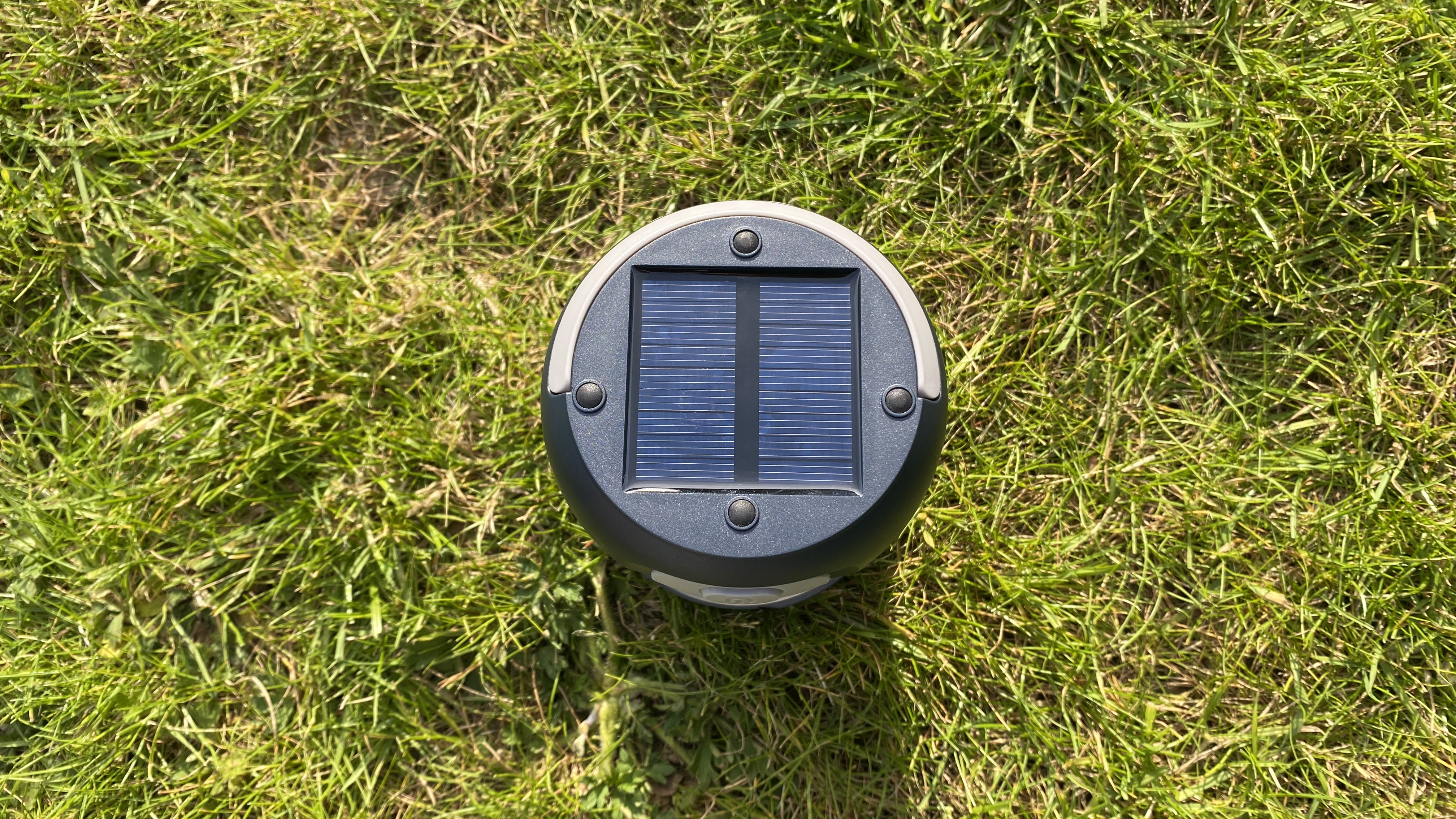
I used the Pegasus during backpacking trips to North Wales' Eryri (Snowdonia) National Park and in the family tent too. I got on well with its versatility, though it's hardly the most powerful. Its maximum of 65 lumens was easily trumped by my even more compact and lighter Black Diamond Storm 500R headlamp. I've also got a tent with light dispersing bar, so when it came to wanting a diffuse light, I was able to pop the headlamp in it.
However, I'm aware not all tents have this kind of innovation and, besides, for a gentle, diffuse light for reading, the Pegasus was fine. Plus, for illuminating medium-sized spaces in a family tent, it's better suited than a head torch.
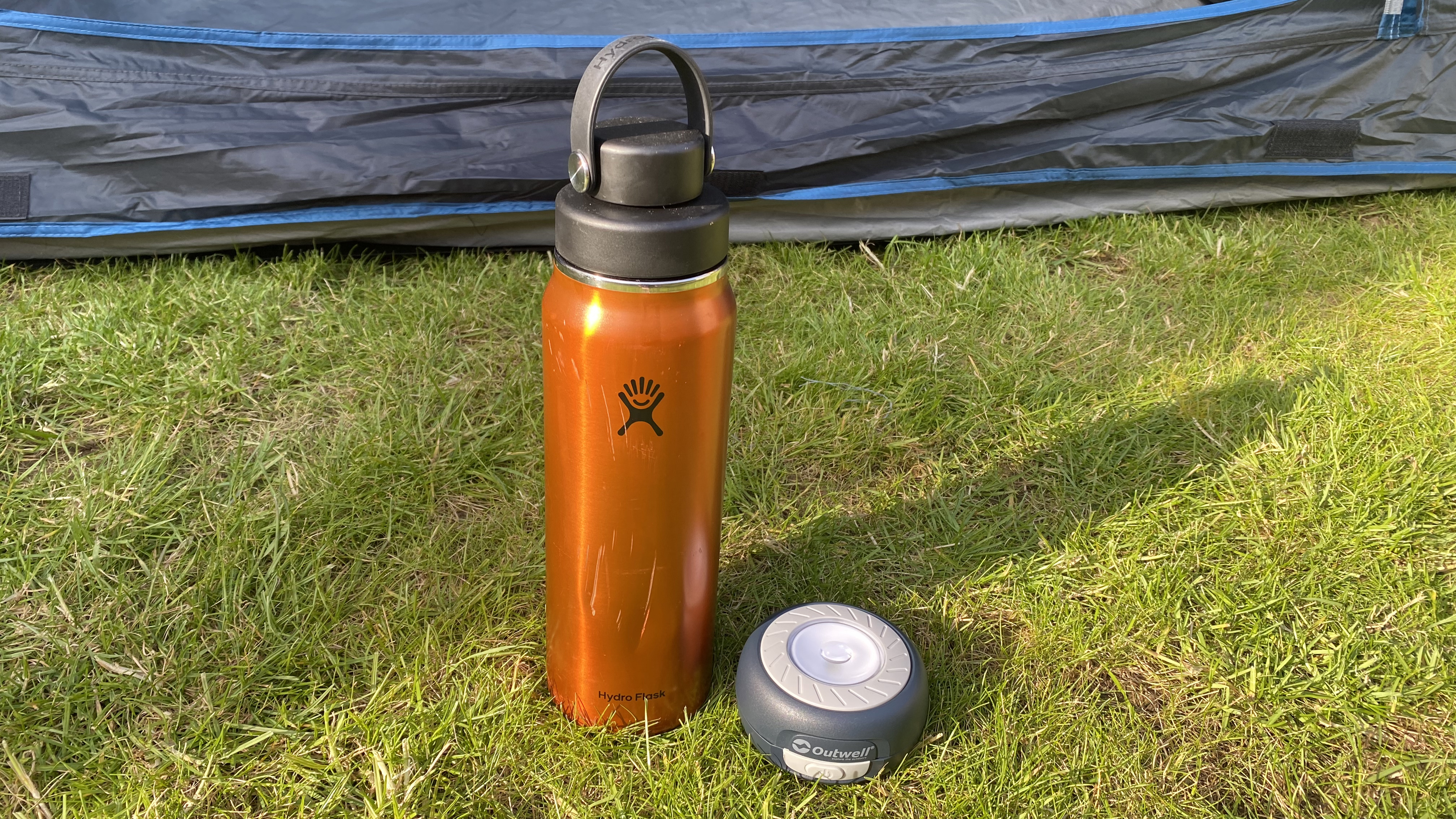
Another thing that would set it apart from many of its competitors is the ability to use it as a power bank. Unfortunately, I didn't have a good experience with this. I attempted to charge my phone overnight a few times with the lantern and the same thing happened every time: the phone's charge only increased by a little bit and the lantern's battery ended up dead.
A second downside is that there’s no visual indication of the level of battery life left in the tank, other than a green light when it’s full. So, if you were wanting to give your phone a tiny little charge boost but still have enough juice for a bit of evening reading, it’s impossible to know how much power you’ve got left.
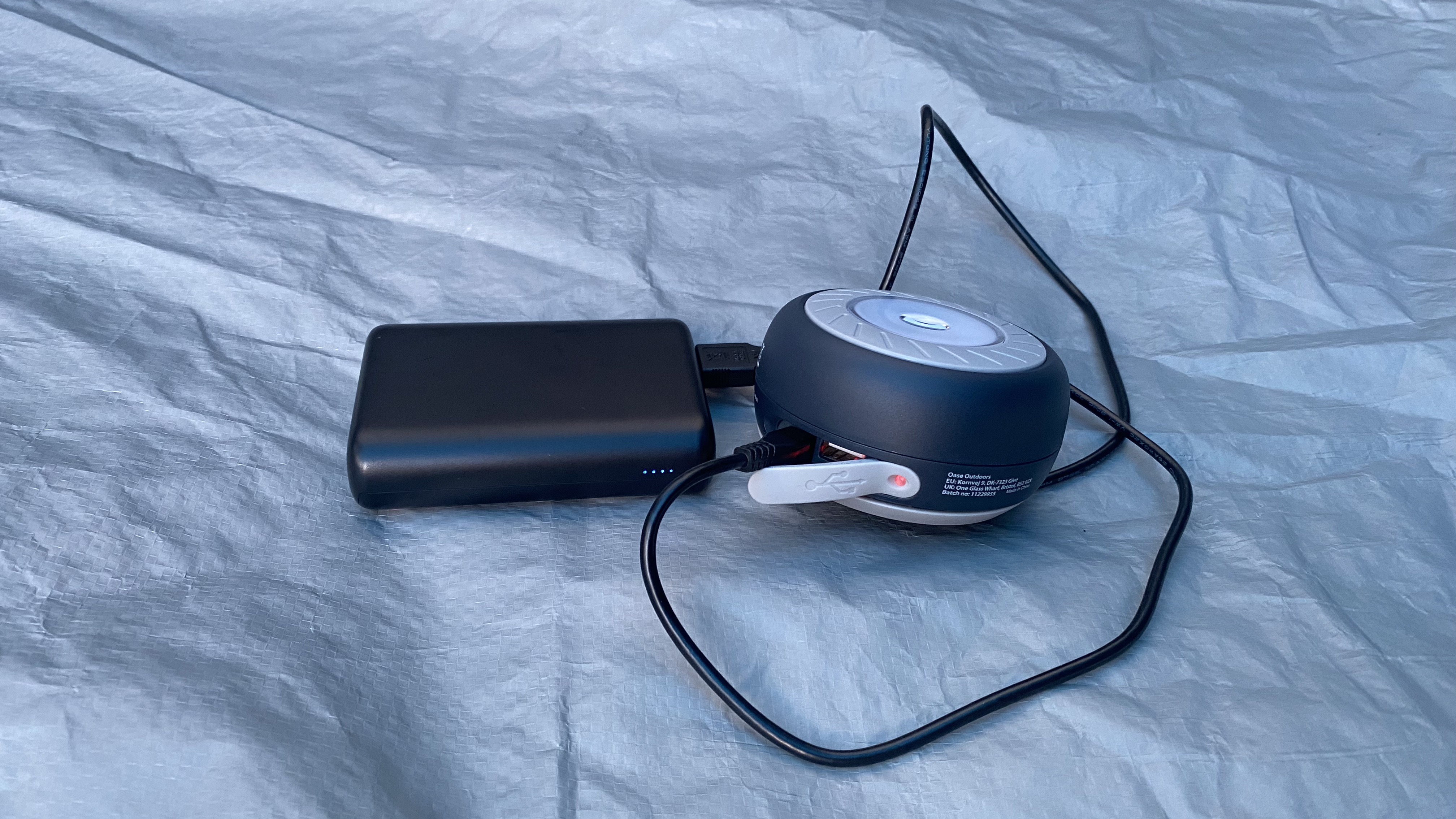
I always used to joke that a solar-powered torch was as useful as a chocolate teapot. Of course, the idea of charging up during the daylight hours is a fairly common one these days, with solar chargers a much sought-after item among campers. The UK isn't always the best place to test solar equipment and measuring exactly how much juice my lantern was gaining during the day was tricky considering there's no battery charge indicator. I'd say that given the small size of the solar panel, the quickest and most reliable way to recharge the Pegasus in the backcountry would be with a power bank.
All in all, this is a handy little gadget that represents good value for both car campers and backpackers. Sure, there are more impressive lanterns out there and its capabilities as a power bank aren't great, but for the price and the lack of weight in your pack, it's a good option.
Alex is a freelance adventure writer and mountain leader with an insatiable passion for the mountains. A Cumbrian born and bred, his native English Lake District has a special place in his heart, though he is at least equally happy in North Wales, the Scottish Highlands or the European Alps. Through his hiking, mountaineering, climbing and trail running adventures, Alex aims to inspire others to get outdoors. He's the former President of the London Mountaineering Club, is training to become a winter mountain leader, looking to finally finish bagging all the Wainwright fells of the Lake District and is always keen to head to the 4,000-meter peaks of the Alps. www.alexfoxfield.com
